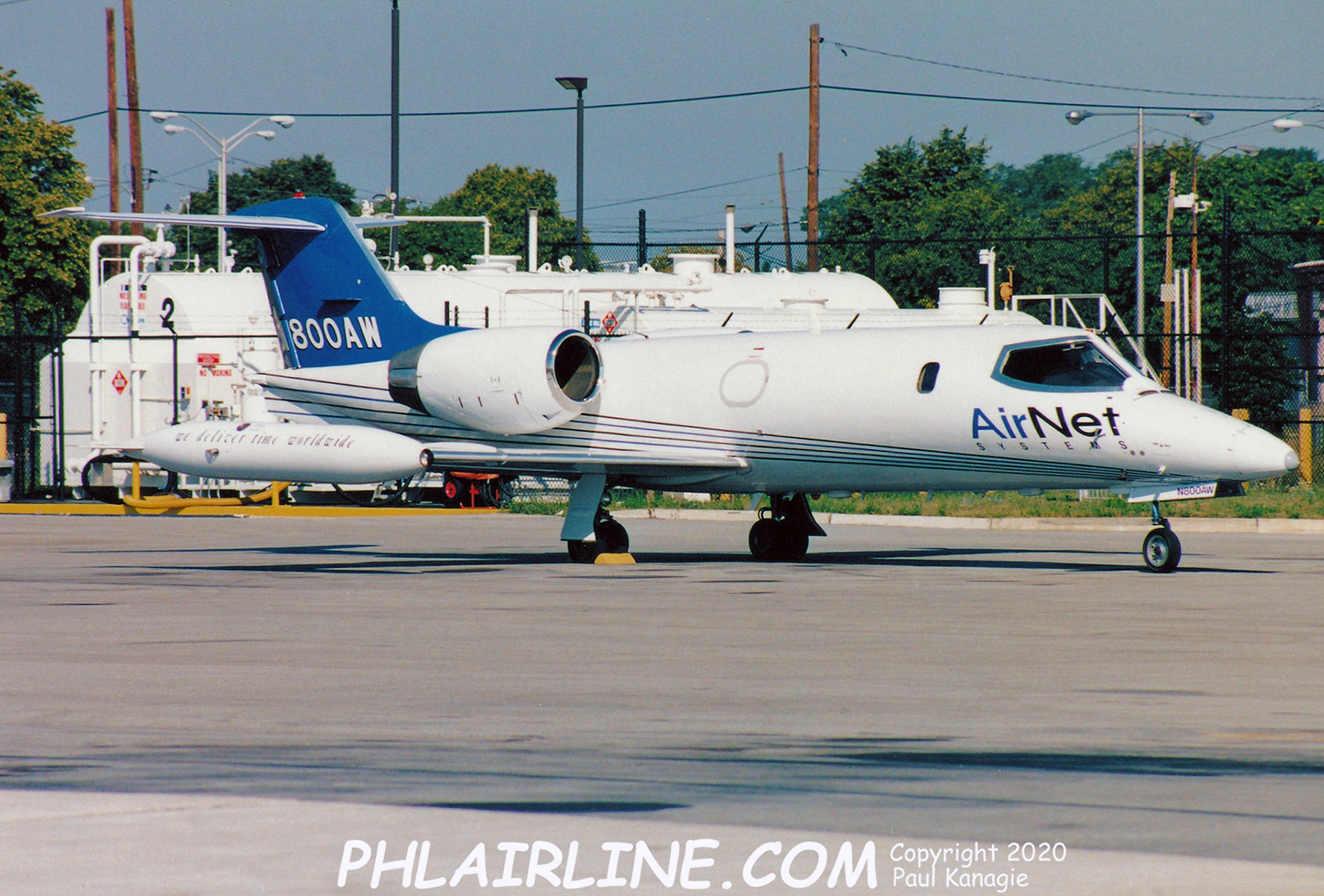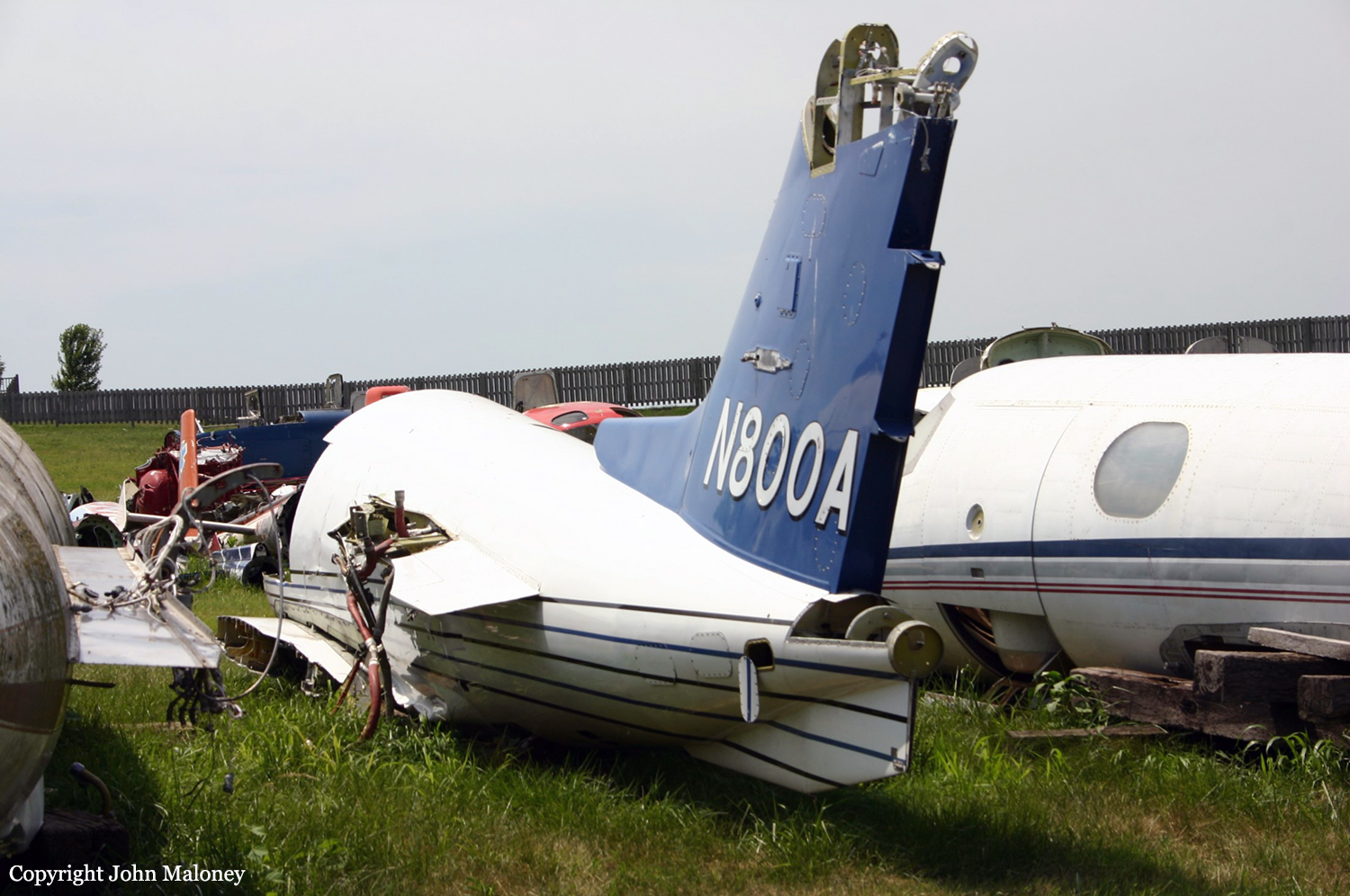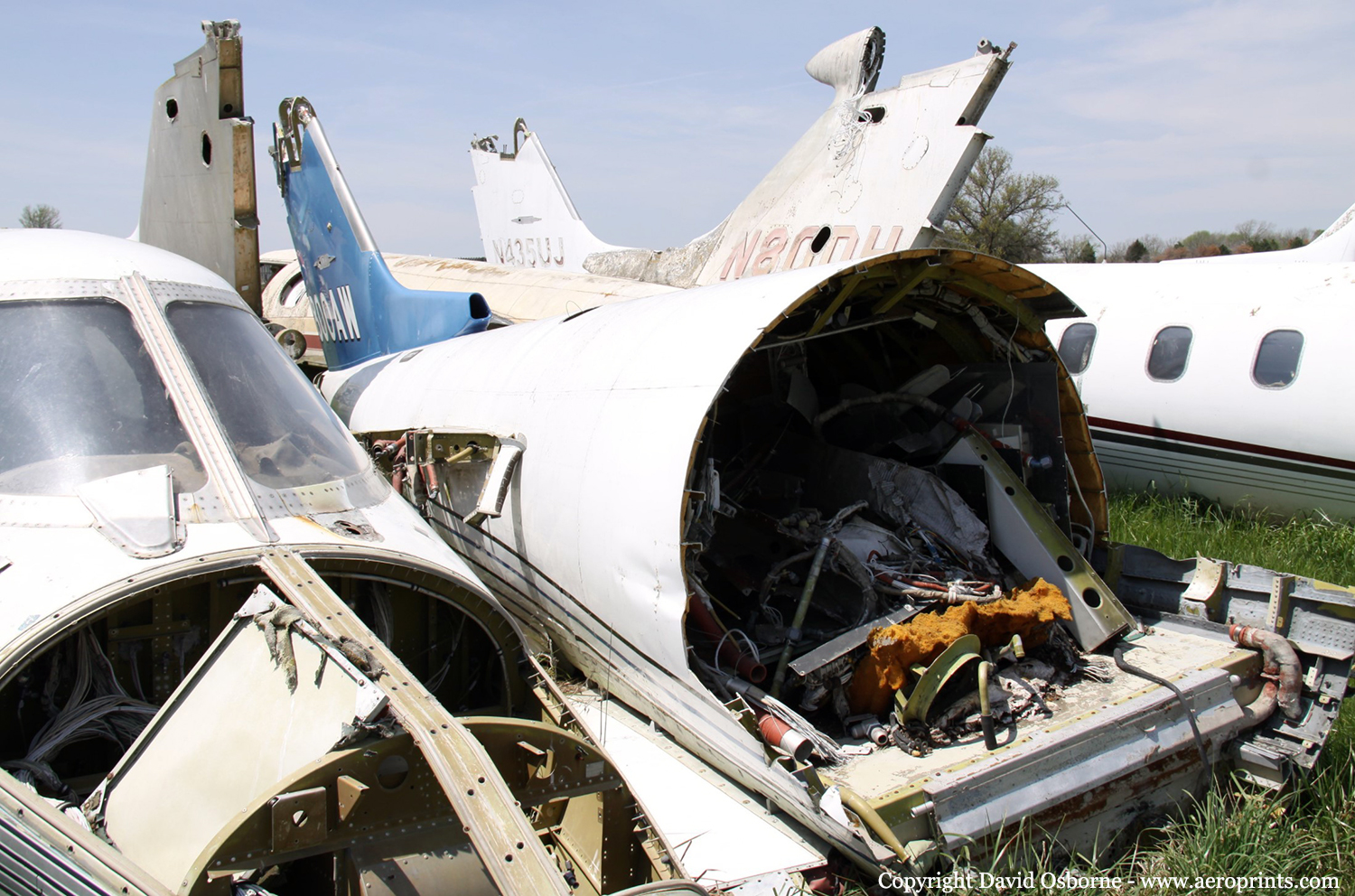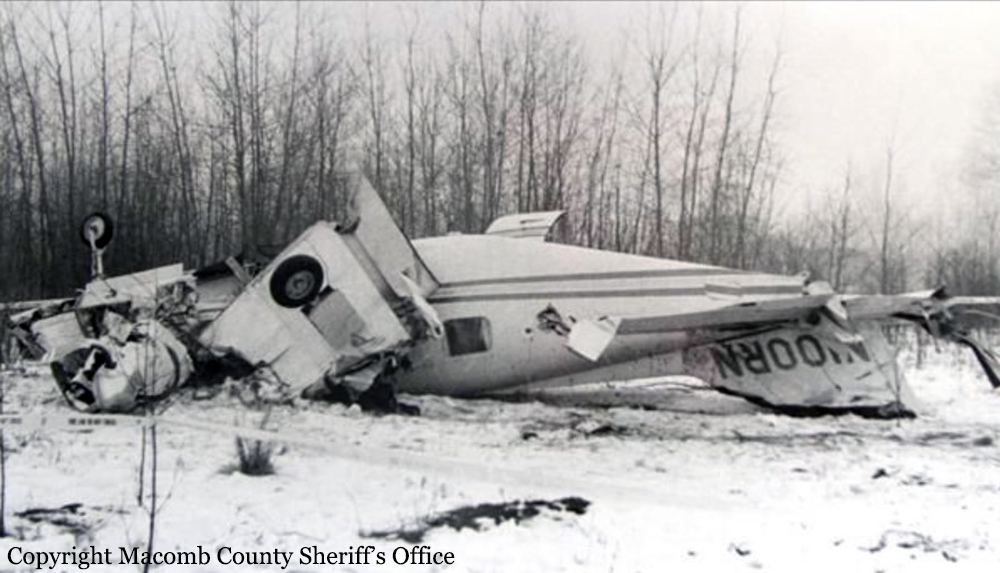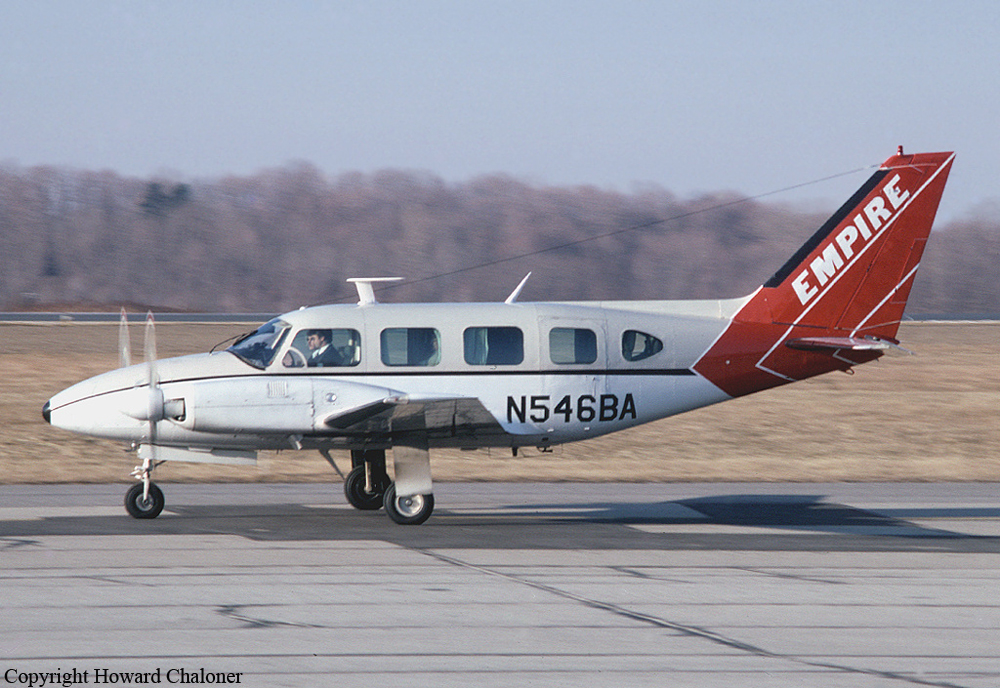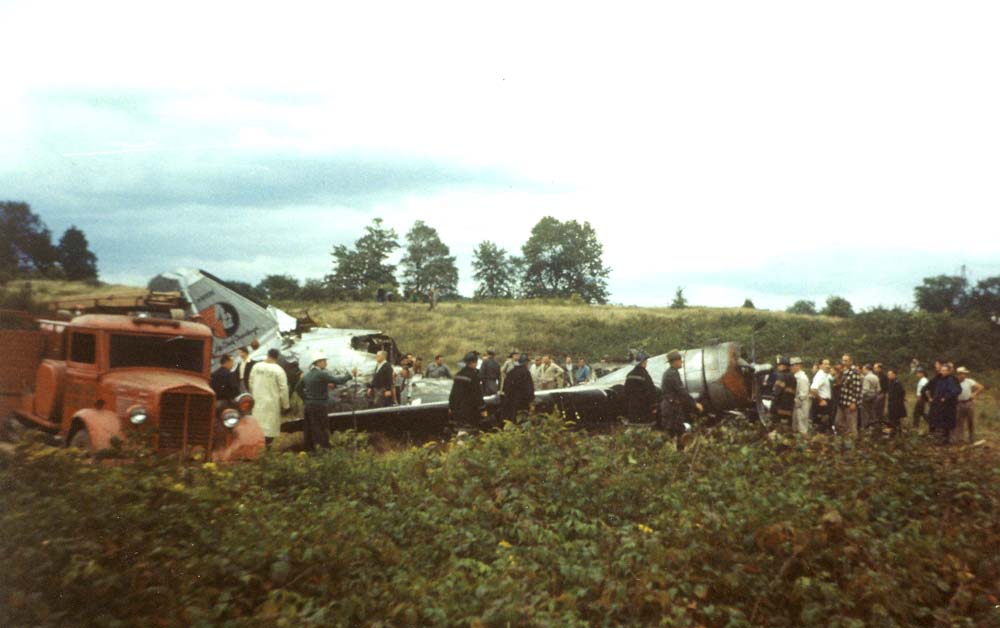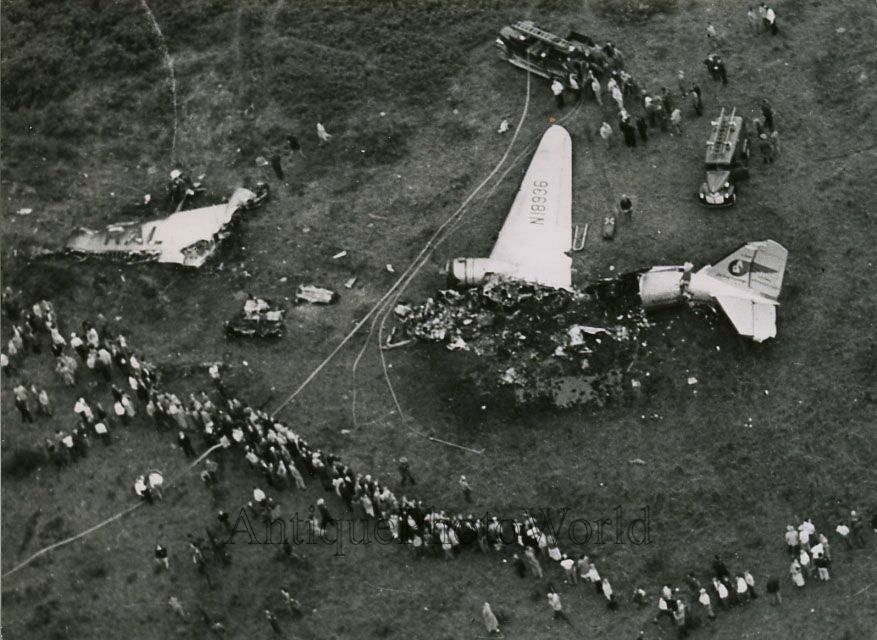Crash of a Learjet 35A in Utica
Date & Time:
Mar 19, 2004 at 0645 LT
Registration:
N800AW
Survivors:
Yes
Schedule:
Columbus - Utica
MSN:
35-149
YOM:
1977
Crew on board:
2
Crew fatalities:
Pax on board:
0
Pax fatalities:
Other fatalities:
Total fatalities:
0
Captain / Total hours on type:
2036.00
Copilot / Total hours on type:
504
Aircraft flight hours:
15331
Circumstances:
The copilot was flying an ILS approach at an airspeed of Vref plus 10 knots, and the captain made visual contact with the runway about 350 feet agl. The airplane then drifted high on the glideslope, and the copilot decreased engine power. The sink rate subsequently became too great. By the time the captain called for a go-around, the airspeed had deteriorated, and the stick shaker activated. Although power was applied for the go-around, the airplane impacted the runway in a level attitude before the engines spooled up. The airplane came to rest in snow, about 20 feet off the left side of the runway, near mid-field.
Probable cause:
The copilot's failure to maintain airspeed, and the captain's delayed remedial action, which resulted in an inadvertent stall and the subsequent hard landing.
Final Report:
